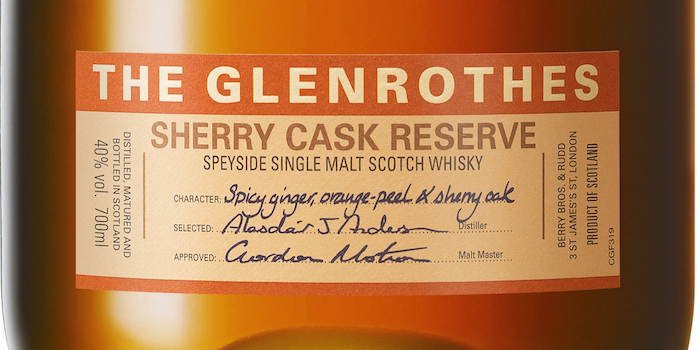Among whisky categories, Scotch is most venerable, enjoying a reputation for sophistication and elegance. That distinction, however, comes at a price. And that price has been rising, to the detriment of retailers.
Single malts are experiencing solid growth, but aged stocks of liquid are declining. The result? Non-age statement whiskies, which are generating controversy.
But despite the challenges, messaging from brands is aimed at enhancing Scotch whisky’s reputation among whisky geeks of all stripes.
Deluxe Standing
“Scotch is still the pinnacle of whisky,” says Andy Nash, Marketing Director overseeing Scotch whisky at William Grant & Sons. The family-owned company counts Glenfiddich and The Balvenie among its malts. “Scotch is what all whisky drinkers aspire to.”
“Single malt is still perceived as more luxurious and high end than Bourbon,” echoes Morgan Robbat, VP of marketing for Anchor Distilling Company, whose portfolio includes Glenrothes, BenRiach, GlenDronach and Glenglassaugh.

However well-respected, the aspirational aspect of single malt Scotch may be changing.
“It used to be that in the U.S., whisky drinkers started by drinking domestic blends, then traded up to blended Scotch and finally were ready to graduate to single malt whisky,” says Maxime Balay, Brand Director, Scotch Whisky for Moët Hennessy USA, whose malts include Glenmorangie and Ardbeg. “You don’t see that happening anymore; especially in the U.S., American whiskeys have disrupted the traditional journey for many drinkers.”
“We see more people crossing over in brown spirits–meaning, if they are Bourbon drinkers, they’ll try a Scotch whisky,” says Malini Patel, VP of World Whiskies and Innovation for Beam Suntory.
She cites Auchentoshan American Oak Whisky as an example. It’s matured 100% in ex-Bourbon barrels, so it has a bit of that Bourbon sweetness. It’s considered a ‘crossover’ Scotch whisky — one that would be appealing to more traditional Bourbon drinkers.
Beam Suntory’s portfolio includes the Islay Bowmore and the ultra-peaty Laphroaig. Bowmore is introducing a limited-edition Bowmore Mizunara (Japanese wood) Cask Finished Whisky, with an SRP of $1,000.
Barreling Along
Single malt Scotch is growing at a similar rate to Bourbon and Tennessee whiskey. Malt sales hit 9.2% in 2014, according to the Distilled Spirits Council (DISCUS), with much of that increase coming from the high-end (9.0%) and super-premium (12.1%).
“Everyone is looking for single malts,” says Ted Farrell, president of Haskell’s Inc., a wine and spirits retailer based in Minneapolis. “The pull from the shelf is spread out among many SKUs, with no single Scotch dominating—all are moving very well.”
“Single malts are driving growth of the Scotch category right now,” says Raul Gonzalez, Brand Director for the Edrington Group, with The Macallan and Highland Park malts as well as the Famous Grouse and Cutty Sark blends in its portfolio. The messaging for these single malts, Gonzalez says, is that they are small brands, “crafted like a hand-tailored suit.” New in 2016 is Macallan’s Edition No. 1 (first of an annual series), which is matured in eight different European and American oak cask styles and sizes, bottled at 48% ABV.
“We have worked since we opened to create a broad Scotch section with as many selections as we can get our hands on,” says Erin Robertie, Liquor Department Manager for Hazel’s Beverage World in Boulder, CO. That selection has garnered the retailer over 2,000 new Scotch customers. “We have a
solid customer base that returns for new releases and ‘the next great bottle.’”
“Single malts are a small part of the puzzle but a large part of the whisky conversation,” says Ewan Morgan, National Master of Whisky for Diageo, whose portfolio encompasses 28 single malt distilleries. Even though Scotch blends make up more than 90% of global sales, he explains, “the single malts get much of the attention, because of the exclusivity, rarity and the higher price point.”






[…] sehr ausführlicher und interessanter Artikel über Entwicklungen am Markt für Scotch ist auf Beverage Dynamics zu finden. Unter dem Titel „How Scotch is Reinventing Itself For […]